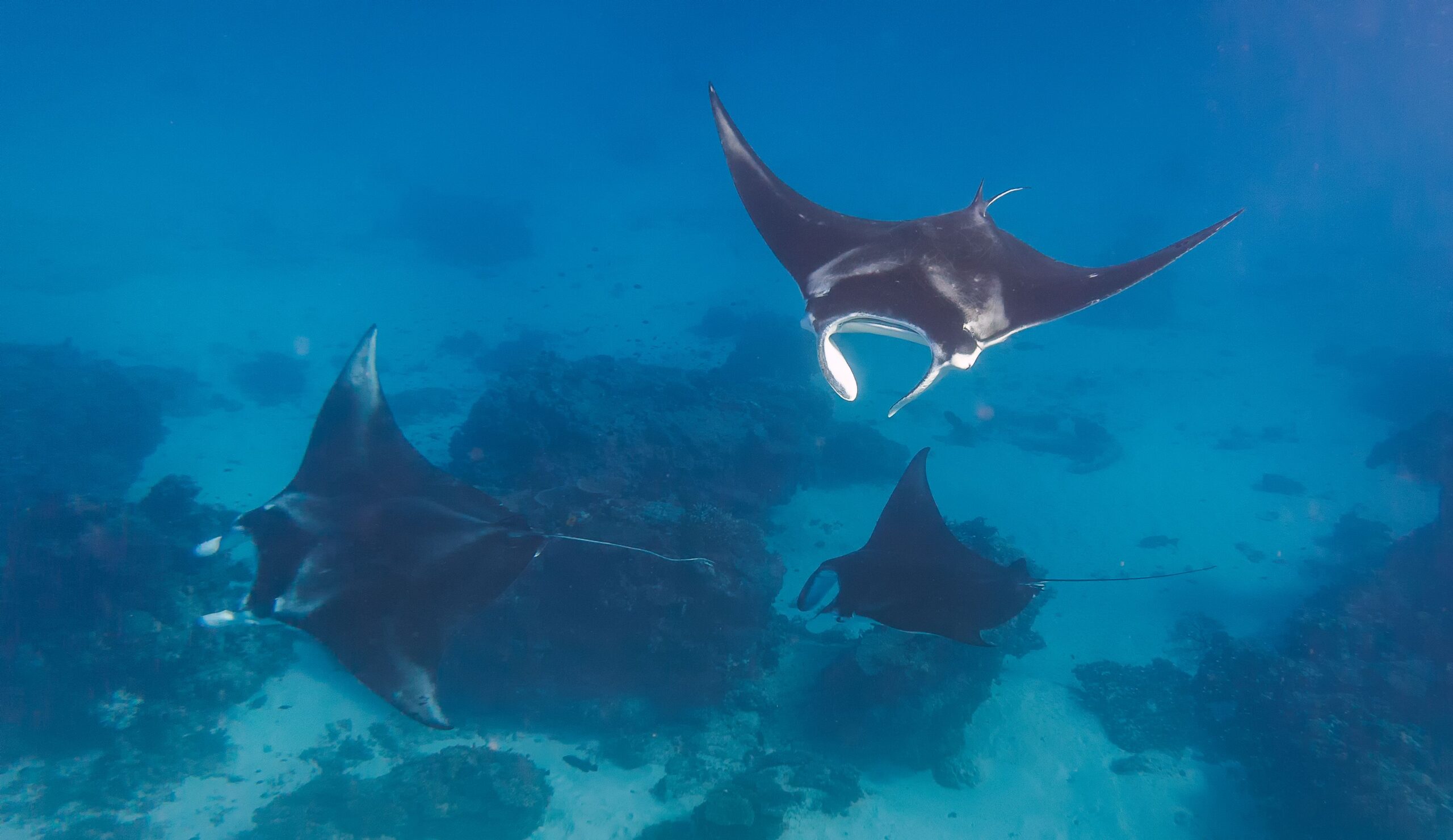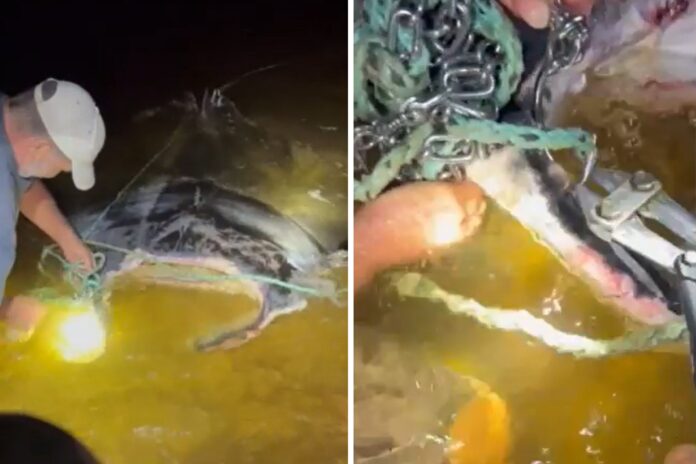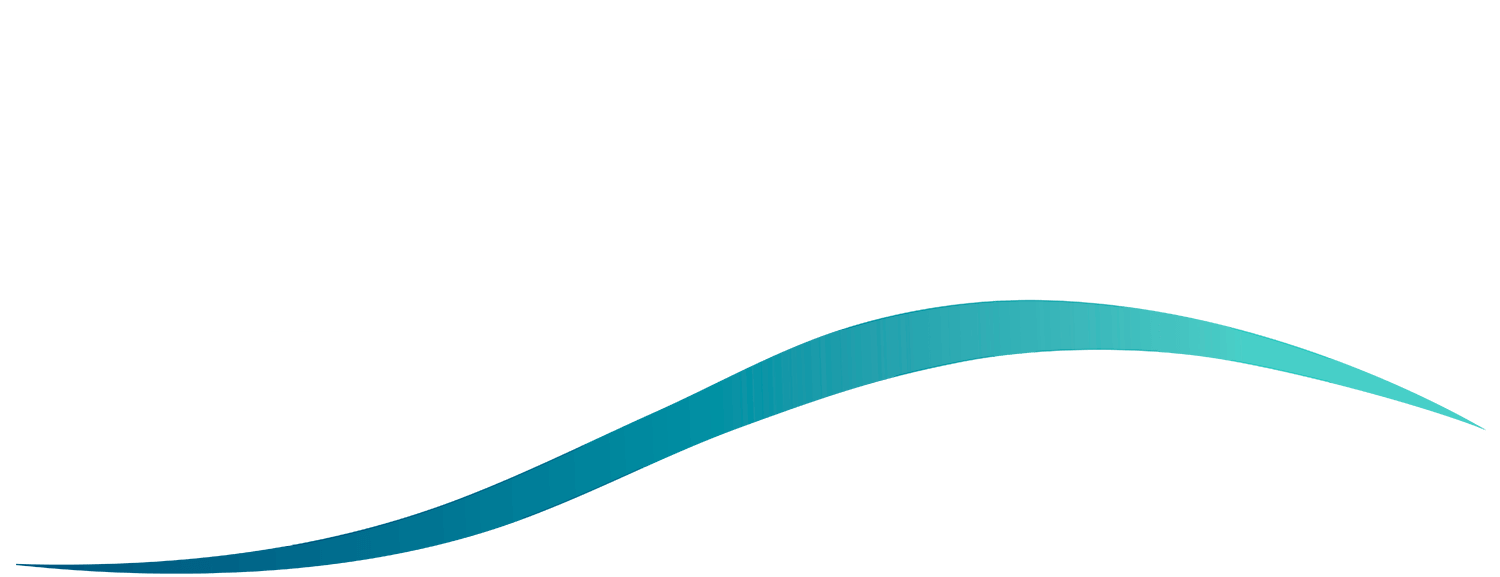Video has emerged of a late-night rescue of a “majestic” sea creature tangled in debris.
Wildlife Noosa was called to an incident where a manta ray was caught up in rope and chain, with a hook in its mouth, possibly from a drumline.
A boatie is understood to have spotted the animal in trouble near the mouth of Noosa River and slowly towed it to shore before calling the rescue team.
Wildlife Noosa founder, chief operating officer and rescue manager Will Watson said the animal was able to be safely untangled.
He was not sure the exact circumstances surrounding how the manta ray became entangled but believed it was likely caused by a drumline rather than a boat anchor chain.
“We got a call about a large manta ray tangled in what we believed was an anchor chain near the mouth of the Noosa River,” Mr Watson said.
“The boat owner had left not long after we arrived but a group of amazing young locals had already stepped in.
“Together, we were able to free this gentle giant and remove a large hook from near its mouth.
“Moments like these remind us why we fight to protect our marine life.”
Mr Watson told Sunshine Coast News the animal was “exhausted” from its ordeal but swam off into the wild.
“It was pretty tired. He was easy to work with, he wasn’t thrashing around at all. He was exhausted,” he said.
Do you have an opinion to share? Submit a Letter to the Editor at Sunshine Coast News via news@sunshinecoastnews.com.au. You must include your name and suburb.
“It slowly swam off but I was waiting for a call the next day that he had been beached. But there was no call so hopefully he recovered.”
Mr Watson said manta rays were a “gentle giant” but not often spotted in the area.
“I don’t see them. They’re very protected, they’re very placid. They are a beautiful animal, and very majestic,” he said.
Manta rays have been observed near Double Island Point and K’gari but are are most common in waters off Lady Elliot Island and North Stradbroke Island.

They do not have a barb and are listed as “vulnerable to extinction” according to the the International Union for Conservation of Nature.
This is due largely to targeted fisheries in parts of their global range, combined with their conservative life history traits.
A project based at the University of the Sunshine Coast has been actively researching manta rays in Australian waters since 2006 to unlock the mysteries of the world’s largest ray.
Known as Project Manta, it works to engage the general public, scientists and industry in the conservation of manta rays.
Manta rays are protected in Queensland under the Nature Conservation Act and are a no-take species in all waters across the state.
Mr Watson said the incident prompted another conversation on the dangers of drumlines and shark nets to all sea animals, following the state government’s $88 million expansion plan.
He said he would like to see other alternatives used, such as technology similar to Sharkbanz, which is a wearable device that pulses a magnetic vibration into the sea to naturally deter sharks.
“Wildlife Noosa stands firmly against deadly nets and drumlines that continue to threaten creatures like this beautiful manta ray,” he said.
Wildlife Noosa has been conducting land and water animal rescues in the Noosa region for more than 10 years, rescuing about 2400 animals during that time.





